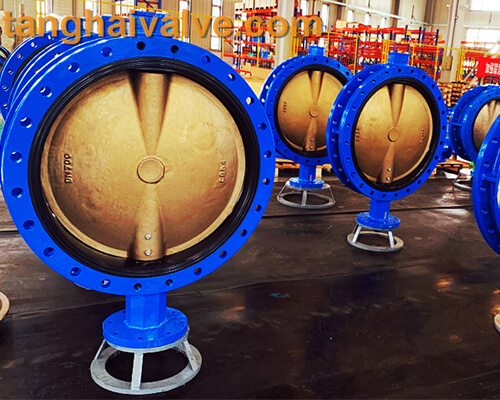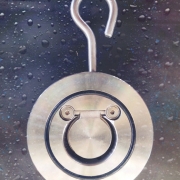What is machining accuracy, machining error, tolerance?
1. Machining accuracy: the degree to which the actual geometric parameters (size, shape and position) of the part after processing are in line with the ideal geometric parameters. The higher the degree of conformity, the higher the processing accuracy.
2. Machining error: the degree of deviation of the actual geometric parameters of the part from the ideal geometric

U-type-flange-butterfly-valve-2
parameters after processing is called the machining error. The magnitude of machining error indicates the level of machining accuracy, and machining error is a measure of machining accuracy.
3. Tolerance refers to the allowable error of the part processing clock.
What is the difference between them? “processing accuracy” and “processing error” are two different concepts for evaluating the accuracy of geometric parameters of parts. In the actual production, the method of controlling the processing error or the modern active adaptation processing method is used to ensure the processing accuracy.
Machining accuracy and machining error are described from different angles, but the size of the machining error is measured by the deviation of the actual measurement of the part, and the level of machining accuracy is measured by the tolerance level or tolerance value, and by the machining error To control the size. Generally speaking, the machining accuracy can only be guaranteed when the machining error is less than the tolerance.

 tanghaivalve.com
tanghaivalve.com

 © Copyright 2020 Tianjin Tanghaidongyang Valve Co., Ltd. All Rights Reserved.
© Copyright 2020 Tianjin Tanghaidongyang Valve Co., Ltd. All Rights Reserved.